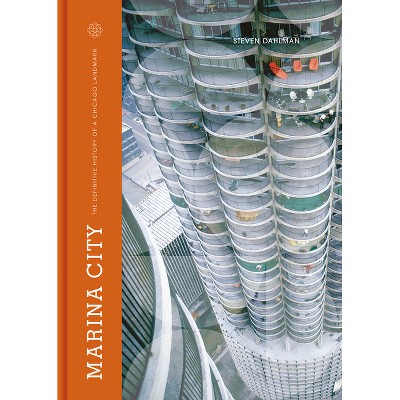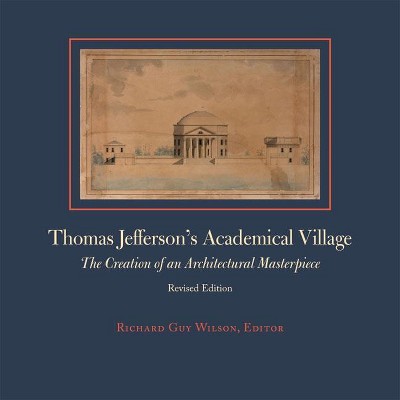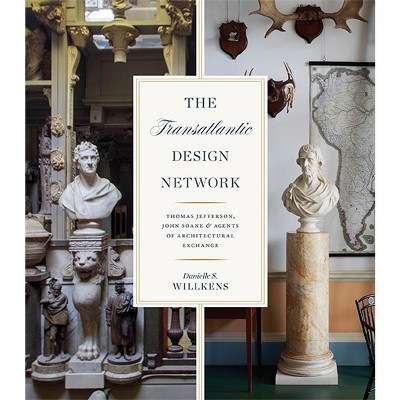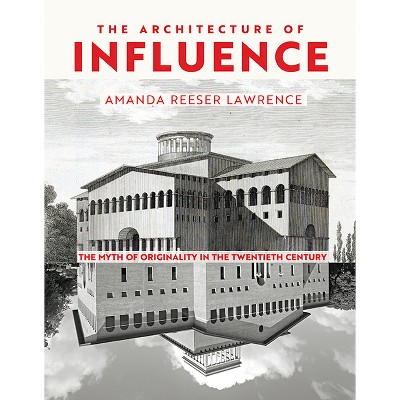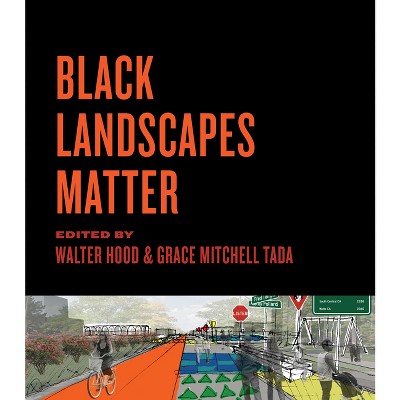Sponsored

Biography of a Tenement House in New York City - 3rd Edition by Andrew S Dolkart
In Stock
Sponsored
About this item
Highlights
- "I trace my ancestry back to the Mayflower," writes Andrew S. Dolkart.
- About the Author: Andrew S. Dolkart, Professor of Historic Preservation at the Columbia University Graduate School of Architecture, Planning, and Preservation, is the author of award-winning The Row House Reborn: Architecture and Neighborhoods in New York City, 1908-1929 and Morningside Heights: A History of Its Architecture and Development.
- 152 Pages
- Architecture, Buildings
Description
About the Book
"In this volume, Andrew Dolkart documents, analyzes, and interprets the architectural and social history of 97 Orchard Street from its construction to its current use as a museum offering a lasting tribute to the legacy of immigrants and their children. This third edition updates the history of New York's tenements by adding the story of an African American waiter, Joseph Moore, who lived with his wife and stepdaughter on Laurens Street, now recounted in an exhibition entitled "A Union of Hope." With this added material, this volume provides a more fully realized account of the neighborhood, the city, and the range of residents whose stories are woven into the nation's history"-- Provided by publisher.Book Synopsis
"I trace my ancestry back to the Mayflower," writes Andrew S. Dolkart. "Not to the legendary ship that brought the Pilgrims to Plymouth, Massachusetts, in 1620, but to the more prosaic tenement on the southeast corner of East Broadway and Clinton Street named the Mayflower, where my father was born in 1914 to Russian-Jewish immigrants."
For Dolkart, his father's experience of being raised in a tenement became a metaphor for the life that was afforded countless immigrant children growing up in Lower Manhattan during the past century. In this revised edition of his classic book, Dolkart presents for us a precise and informative biography of a typical tenement house in New York City that became, in 1988, the site for the Lower East Side Tenement Museum. The author documents, analyzes, and interprets the architectural and social history of this building at 97 Orchard Street, beginning in the 1860s when it was erected, moving on to the late nineteenth and early twentieth centuries when the neighborhood started to change, and concluding in the present day as the building is reincarnated as the museum.
This edition includes new research on the basement storefronts (specifically the Schneider saloon and the kosher butcher), the backyard privies and their reconstruction, and the new Irish Moore apartment. Biography of a Tenement House in New York City is a lasting tribute to the legacy of immigrants and their children, who were part of the transformation of New York City and the fabric of everyday American urban life.
Distributed for the Center for American Places at ColumbiaCollege Chicago
Review Quotes
A fascinating, engagingly written study that illuminates the history of a building as well as the social and legislative changes that informed its structural evolution.--Clio: A Journal of Literature, History, and the Philosophy of History
A must read for anyone interested in the history of vernacular domestic architecture in the United States. --Buildings & Landscapes: Journal of the Vernacular Architecture Forum
A rich recapitulation of housing for New York's poor and the heritage of the Lower East Side.--New York Times
Illustrate[s] the dramatic social and economic disparities of the Gilded Age and Victorian era, and the grounding of architecture and building in larger systems of economics and production. Perhaps most importantly . . . it help[s] bridge the gap between the study of the everyday environment and that of high culture.--Journal of the Society of Architectural Historians
About the Author
Andrew S. Dolkart, Professor of Historic Preservation at the Columbia University Graduate School of Architecture, Planning, and Preservation, is the author of award-winning The Row House Reborn: Architecture and Neighborhoods in New York City, 1908-1929 and Morningside Heights: A History of Its Architecture and Development.


